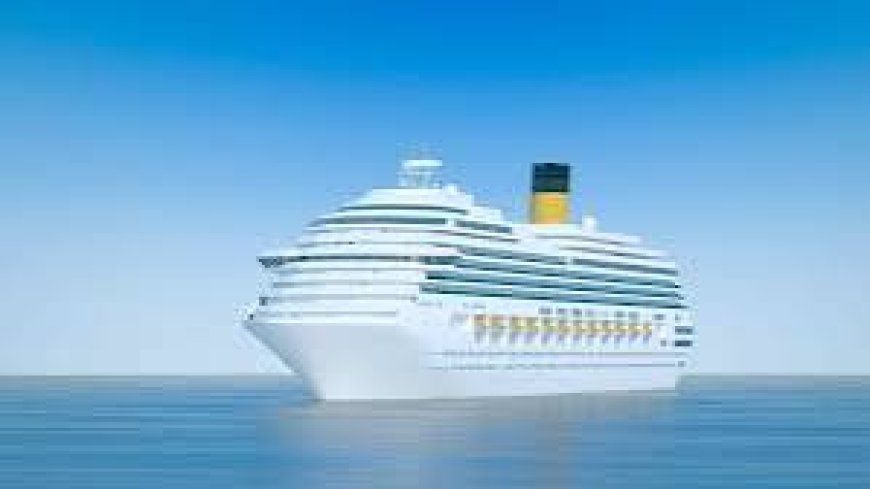The Enduring Significance of "Port" and "Starboard"

The terms "port" and "starboard" have been used for centuries to designate the left and right sides of a vessel, respectively. Their origins, while shrouded in some historical ambiguity, are deeply rooted in maritime traditions and cultural practices.
Port: A Portly Side
The word "port" is believed to derive from the Latin word "portus," meaning a harbor or port. This connection is understandable given the historical significance of ports as safe havens for ships. However, the specific association of "port" with the left side of a vessel is less straightforward.
One theory suggests that the term originated from the practice of ships docking in port with their bows facing the wind. In this configuration, the captain would stand on the side of the ship facing the harbor (the port side) to oversee the docking process. This positioning would have been advantageous for observing the harbor's entrance and avoiding obstacles.
Another explanation posits that the term may be linked to the practice of ships carrying cargo, particularly wine. In ancient times, wine was often stored in large barrels, known as "ports." These barrels were typically placed on the left side of the ship to balance the weight of the sails and rigging on the right side. Thus, the left side became associated with the storage of "ports" and, by extension, the term "port" came to denote the left side of a vessel.
Starboard: A Starboard Side
The origin of the word "starboard" is less clear-cut. One popular theory suggests that it derives from the Old English phrase "steer board," meaning the side of the ship where the steering oar was located. In early sailing vessels, the steering oar was typically placed on the right side of the ship, allowing the helmsman to steer the vessel effectively.
Another explanation posits that the term may be connected to the practice of navigation by the stars. In ancient times, sailors would use the stars to determine their course. The North Star, Polaris, would have been visible to the right of a ship sailing north. Therefore, the right side of the ship became associated with the "starboard" side.
Cultural and Historical Influences
The origins of "port" and "starboard" are intertwined with the cultural and historical context of maritime navigation. The development of these terms reflects the practical needs and beliefs of sailors throughout the ages. The association of "port" with the left side of a ship and "starboard" with the right side has become a fundamental convention in maritime navigation, serving as a common language for sailors worldwide.
The Enduring Significance of "Port" and "Starboard"
Despite the advancements in modern navigation technology, the terms "port" and "starboard" continue to be used in maritime operations. They are deeply ingrained in the language and practices of sailors, serving as a reminder of the rich history and traditions of seafaring. The enduring significance of these terms underscores the importance of preserving maritime heritage and the legacy of those who have sailed the seas throughout the centuries.
What's Your Reaction?






























![Meet the Contestants of The Next Big Thing [TNBT]](https://flashupdates.com.ng/uploads/images/202508/image_430x256_688e0cb7c6806.jpg)




























![Breaking News: Nigeria Maritime University swimmers qualifies to represent Nigeria in Germany [10 gold, 9 silver & 6 bronze]](https://flashupdates.com.ng/uploads/images/202504/image_140x98_67f8fd19b3b17.jpg)






